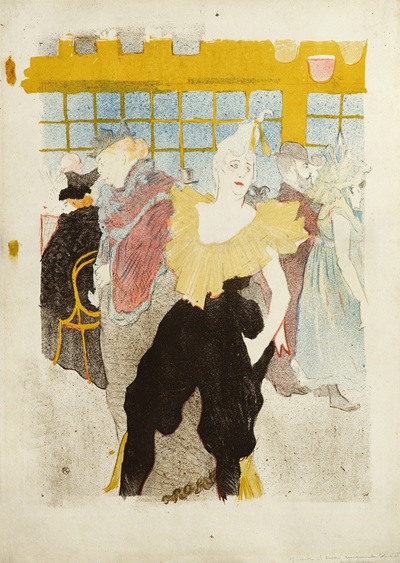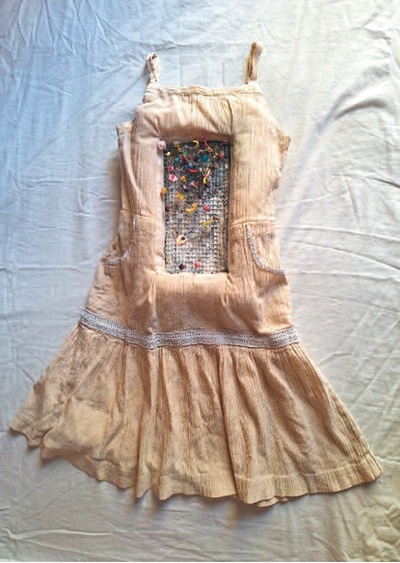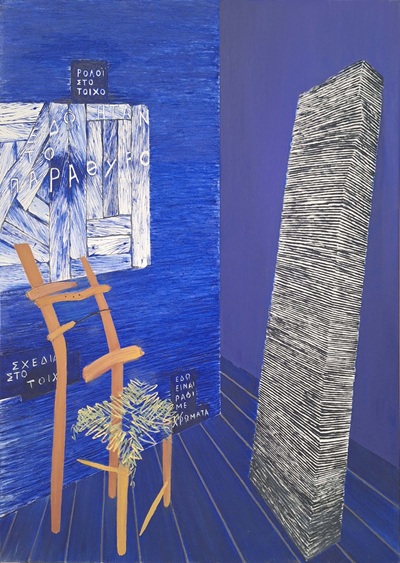
The German Arp Foundation [Stiftung Hans Arp und Sophie Taeuber-Arp e.V., Berlin and Remagen] undertook, through the donation of more than 300 of the artist’s approximately plaster casts of his possession to major international museums, to share them on equal terms, namely by lot. This decision came as the culmination of years of interdisciplinary research to identify and document this particular sculptural assemblage, which consists of both the plaster casts and replicas from the period 1930-1966 and those made after his death.
The National Gallery was included among the top museums around the world that received this “unprecedented” donation, thanks to the initiative of curator Artemis Zervou. Through this particular donation, the National Gallery joins the global network of research, knowledge exchange and promotion of the study of the work of this leading artist.

The French-German Hans (Jean) Arp (1886-1966) was one of the most important, versatile and influential artists of the first half of the 20th century. Sculptor, painter, innovator of collage and relief, designer and poet, Arp was artistically associated with the major movements of the European avant-garde – the Blue Rider, De Stijl, Parisian Surrealism, Cercle et Carré, Abstraction-Création – and in 1916 he was even a founding member of the Dada movement in Zurich.
From 1930 onwards, Arp moved in two main directions: he explored the notion of chance with his ‘torn papers’, the famous papiers déchirés, and he developed his wooden abstract reliefs from the 1910s and 1920s into prominent, free-space sculptures, created in plaster. It was mainly thanks to this sculptural work, the style of which is known by the term “organic abstraction”, that Arp established himself after the war as an iconic figure of modern art; in 1954 he was even awarded the Grand Prix de Sculpture at the Venice Biennale.

“We don’t want to copy nature. We do not want to reproduce; we want to produce, as a plant produces a fruit“, is one of Arp’s well-known phrases. Nature was the great force, the beginning and source of his art. But unlike the traditional artistic canon that dictated the representation of nature, Arp was inspired by the primary principles and processes that govern the natural world: birth, development, transformation.
The raw material of Arp’s sculpture was plaster, which distinguishes him from the majority of his peers, since traditionally a plaster copy is the intermediate stage between the model, usually moulded in clay, and the final casting in bronze or carving in stone or marble.

Arp did not want these plaster sculptures to circulate on the art market; he wanted them to belong exclusively to museums. His second wife, Marguerite Hagenbach-Arp, followed his instructions after his death and donated numerous plaster casts to important museums such as the Solomon R. Guggenheim, Hamburger Kunsthalle and Kröller-Müller, with the main purpose of preventing any future unauthorized reproduction.







Leave A Comment